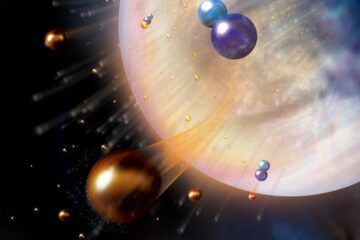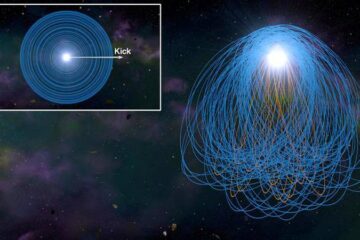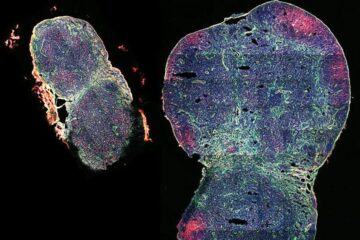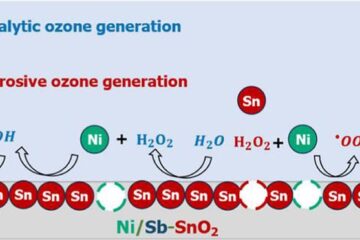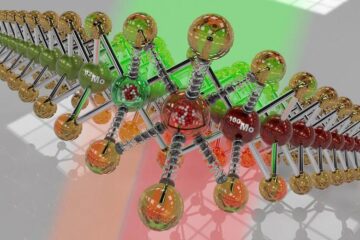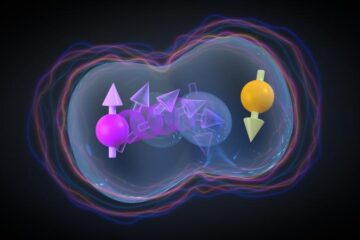Latest News

Chemical in Broccoli Blocks Growth of Prostate Cancer Cells, New Study Shows
Those seeking yet another reason to eat their veggies, take note. Researchers at the University of California, Berkeley, have found that a chemical produced when digesting such greens as broccoli and kale can stifle the growth of human prostate cancer cells.
The findings show that 3,3’-diindolylmethane (DIM), which is obtained by eating cruciferous vegetables in the Brassica genus, acts as a powerful anti-androgen that inhibits the proliferation of human prostate cancer cells in cultur

Assumptions about what holds molecular complexes together have been based on faulty measures
As scientists create molecular complexes to perform increasingly minute operations — such as molecular level switches or memory devices — it is critical that the association forces that hold the molecular components together be accurately understood.
But measurements of association constants are often not accurate, according to an article by Virginia Tech Ph.D. student Jason Jones and chemistry professor Harry W. Gibson, published in May 15, 2003 online issue of the Journal of the America

Critical early-defense trigger in plants found
The gene for an enzyme that is key to natural disease resistance in plants has been discovered by biologists at the Boyce Thompson Institute for Plant Research (BTI) and at Cornell University. The researchers say that by enhancing the activity of the enzyme they might be able to boost natural disease resistance in crop plants without resorting to pesticides or the introduction of non-plant genes.
The research, reported in the latest (May 16) issue of the journal Cell , describes the discov
Brighter Neptune suggests a planetary change of seasons
A progressive increase in the brightness of the planet Neptune suggests that, like Earth, the distant planet has seasons.
Observations of Neptune made during a six-year period with NASA’s Hubble Space Telescope by a group of scientists from the University of Wisconsin-Madison and NASA’s Jet Propulsion Laboratory (JPL) show that the planet is exhibiting a significant increase in brightness. The changes, observed mostly in the planet’s southern hemisphere, show a distinc

Studying real-time seismic activity
A serendipitous discovery by a University of Colorado at Boulder-led team has shown for the first time that satellite signals from the Global Positioning System are a valuable new tool for studying seismic activity.
CU-Boulder Associate Professor Kristine Larson of aerospace engineering sciences said seismic waves from a 7.9 magnitude earthquake in Alaska’s Denali National Park in November 2002 were detected using Global Positioning Satellite, or GPS, receivers as far away as 2,350 mil

Researchers discover common cause for aging and age-related disease
Why do serious diseases such as cancer, Alzheimer’s and Huntington’s mainly hit us in middle age or later? The links between aging and age-related diseases have proved elusive.
In studies of the powerfully informative roundworm, C. elegans, UCSF scientists have discovered that a class of molecules found in the worms and in people can both prolong life in the worm and prevent the harmful accumulation of abnormal proteins that cause a debilitating Huntington’s-like disease. The

